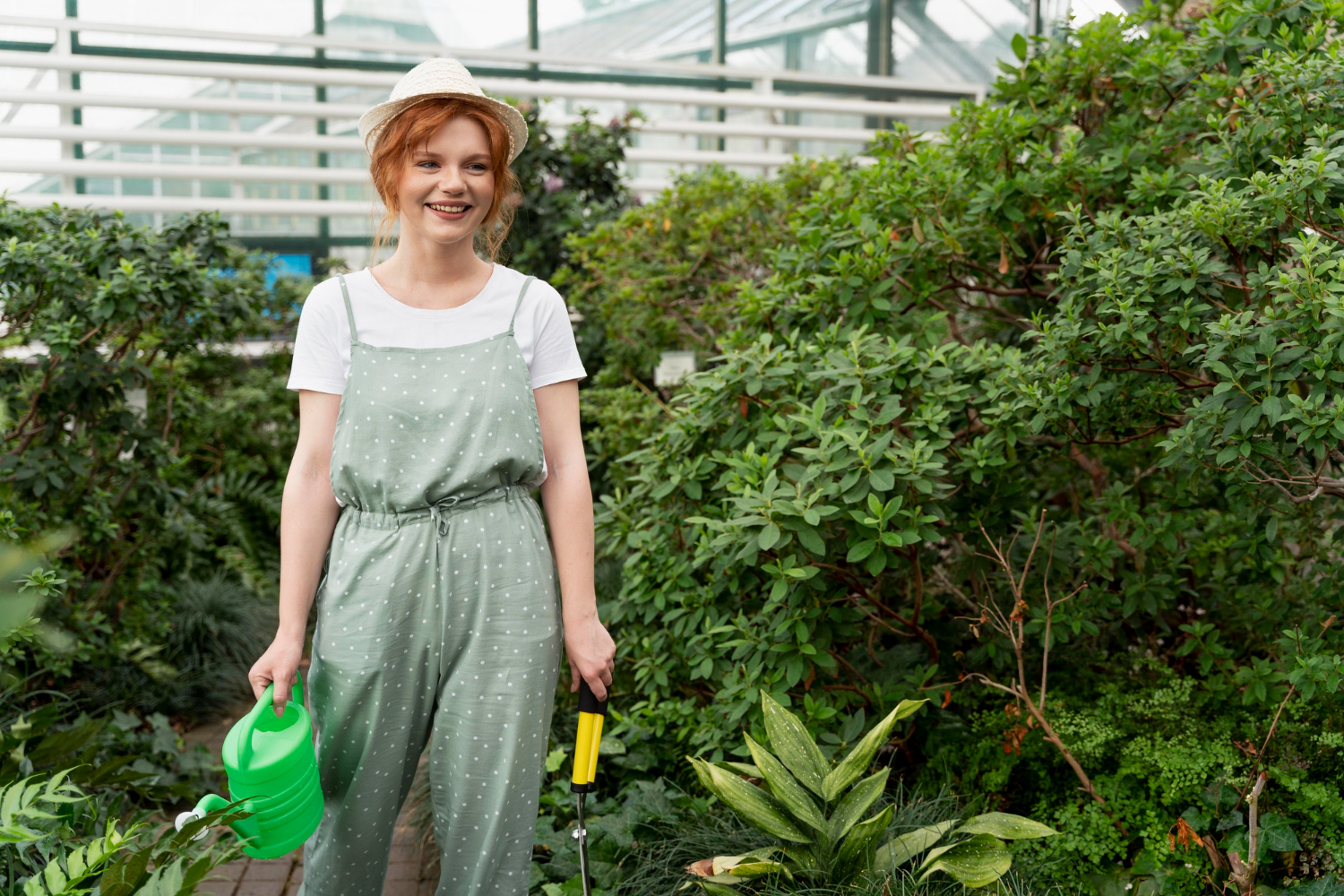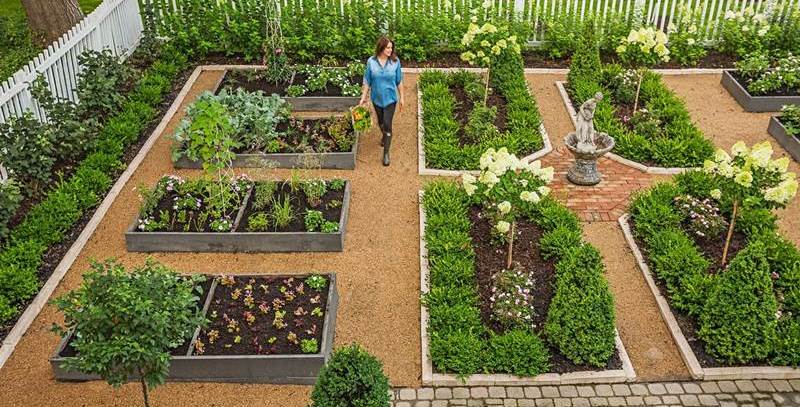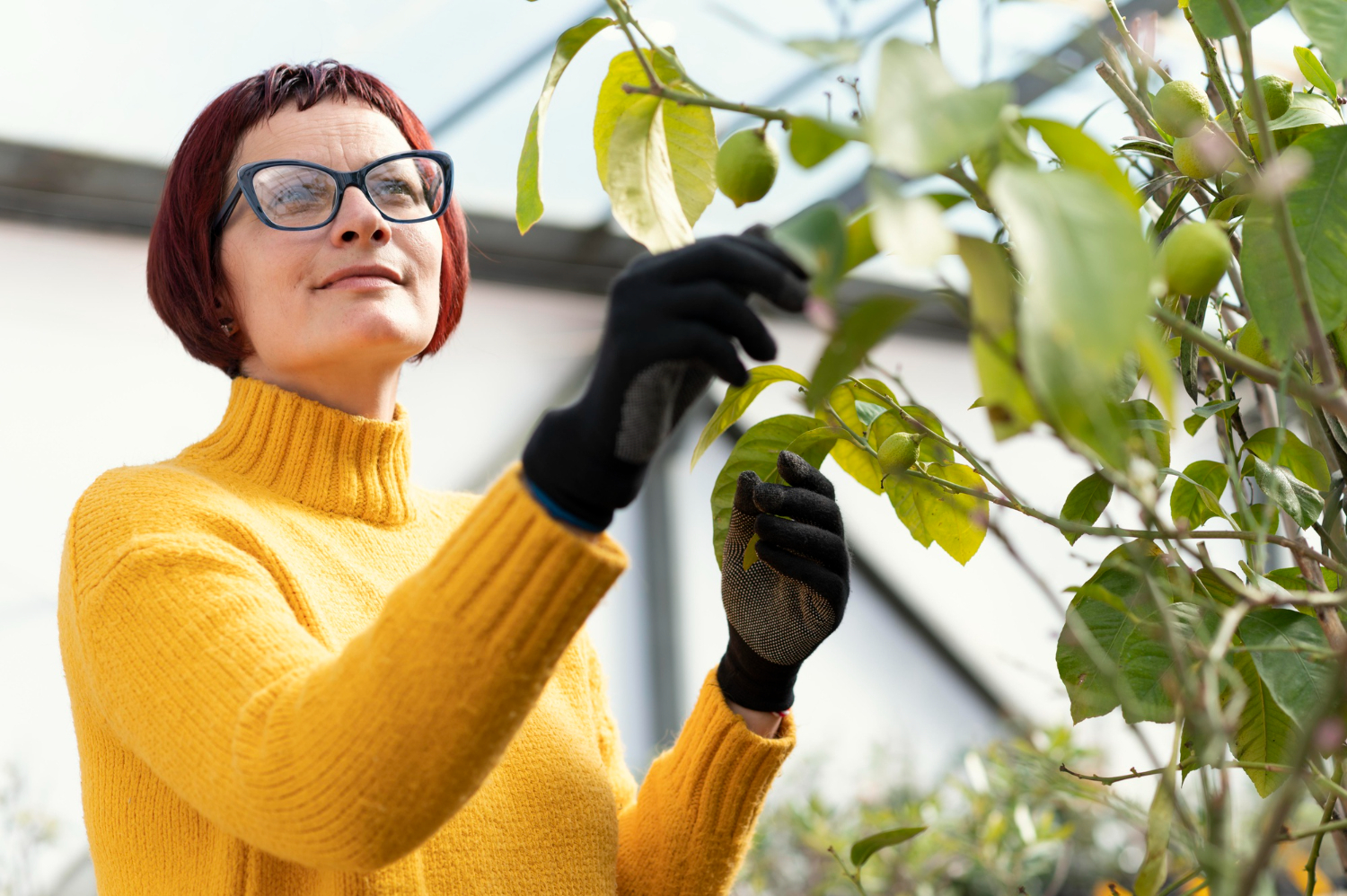In recent years, sustainable gardening has moved from a niche interest to a mainstream practice, as more people recognize the importance of environmental stewardship. Creating an eco-friendly garden not only benefits the planet but also offers numerous advantages for gardeners. By adopting sustainable practices, you can cultivate a thriving garden that supports biodiversity, conserves resources, and minimizes waste. Here’s a guide to help you get started on your journey towards a more sustainable garden.
1. Planning and Design
- Choose Native Plants: Start by selecting plants that are native to your region. Native plants are adapted to local climate conditions, which means they require less water, fertilizer, and pesticides. They also provide essential habitat and food for local wildlife, including pollinators like bees and butterflies.
- Design for Efficiency: Plan your garden layout to maximize space and efficiency. Use companion planting to naturally deter pests and enhance growth. For example, planting marigolds alongside tomatoes can help repel nematodes and other pests.
2. Soil Health
- Build Healthy Soil: Healthy soil is the foundation of a sustainable garden. Focus on improving soil fertility by adding organic matter such as compost, leaf mold, or well-rotted manure. This practice helps retain moisture, reduces the need for chemical fertilizers, and supports beneficial microorganisms.
- Practice No-Till Gardening: Minimize soil disturbance by avoiding tilling. Tilling can disrupt soil structure and harm beneficial organisms. Instead, use methods like mulching and planting cover crops to protect and enrich the soil.
3. Water Conservation
- Implement Rainwater Harvesting: Collect rainwater in barrels or cisterns to use for watering your garden. Rainwater is often softer and better for plants than tap water, which can contain chemicals like chlorine.
- Use Efficient Irrigation Systems: Consider installing drip irrigation or soaker hoses to deliver water directly to the plant roots where it's needed most. This reduces water waste and prevents the growth of weeds.
- Practice Mulching: Apply a layer of organic mulch, such as straw or wood chips, around plants to retain soil moisture, suppress weeds, and regulate soil temperature.
4. Waste Reduction
- Compost Kitchen and Yard Waste: Set up a composting system for kitchen scraps and garden waste. Composting reduces the amount of waste sent to landfills and produces nutrient-rich soil amendments that can enhance garden health.
- Recycling and Reusing: Repurpose materials such as old pallets or containers for garden structures like raised beds or planters. This approach reduces the need for new resources and gives items a second life.
5. Pest and Disease Management
- Encourage Beneficial Insects: Attract natural predators like ladybugs and lacewings to control pest populations. These insects can help keep harmful pests in check without the need for synthetic pesticides.
- Use Organic Pest Control Methods: When pests do become a problem, opt for organic solutions such as neem oil, insecticidal soap, or homemade sprays made from ingredients like garlic or chili peppers.
- Practice Crop Rotation: Rotate crops each year to prevent the buildup of soil-borne diseases and pests. This practice also helps maintain soil fertility and structure.
6. Energy Efficiency
- Use Solar Power: Consider using solar-powered lights, garden pumps, or other devices to reduce reliance on fossil fuels. Solar energy is a clean and renewable resource that can help lower your garden’s carbon footprint.
- Build Efficient Structures: If building garden structures like greenhouses or sheds, use sustainable materials and design them to take advantage of natural light and ventilation. This reduces the need for artificial heating and cooling.
7. Community and Education
- Share Knowledge and Resources: Engage with local gardening communities to share tips, seeds, and resources. Participating in or starting community gardens can enhance local food security and foster a sense of shared responsibility for the environment.
- Educate Yourself and Others: Stay informed about the latest sustainable gardening practices and share your knowledge with others. The more people who adopt eco-friendly gardening practices, the greater the positive impact on the environment.
Conclusion
Creating an eco-friendly garden is a rewarding endeavor that benefits both the environment and the gardener. By focusing on native plants, soil health, water conservation, waste reduction, pest management, energy efficiency, and community involvement, you can build a garden that thrives sustainably. Remember, every small step towards sustainability can contribute to a healthier planet. So dig in, plant with purpose, and watch your eco-friendly garden flourish.





‟The articles on this site are wonderful! They are well written and give a clear idea of the topic.”
Dawood Odom
Author
‟It was a pleasant read for me! Thank you for sharing your thoughts in this article.”
Eden Phan
Author